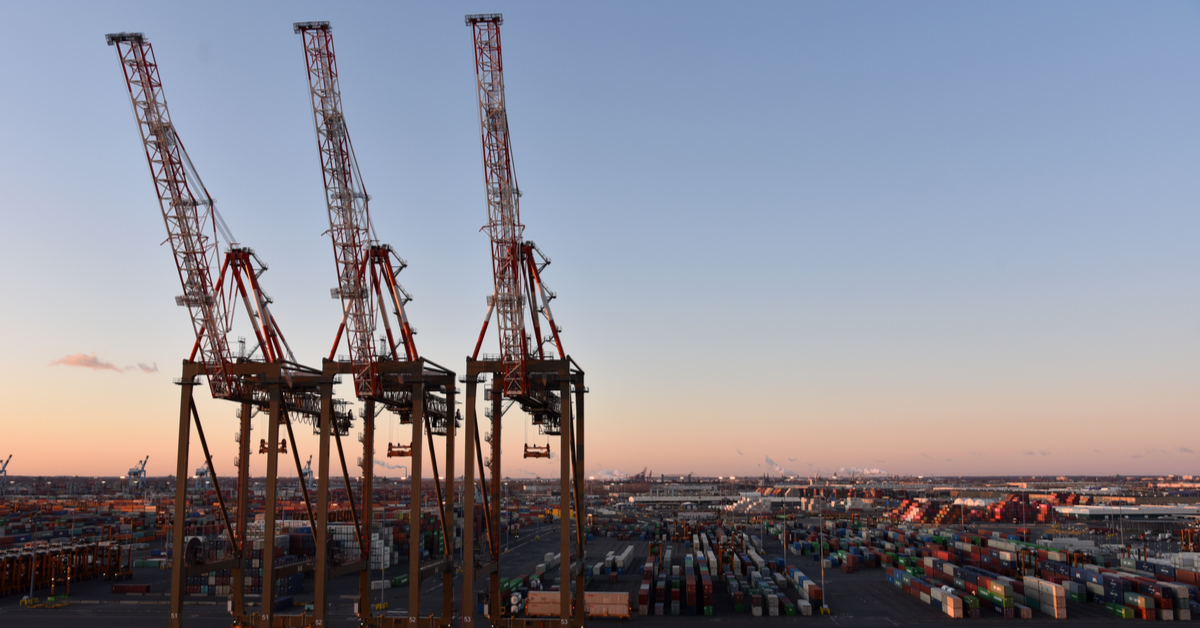More American companies are moving their manufacturing operations back to the U.S., JLL reported, although the reason has more to do with diversification than reshoring. Whatever the case, the shift has fueled another surge in demand for industrial real estate.
The nonprofit Reshoring Initiative recently reported that more than 1,800 companies moved production back onto U.S. soil in 2022, bringing 350,000 new jobs with them. That’s up from 255,000 jobs in 2021. Investment in manufacturing, the organization noted, stalled somewhat in the second quarter of last year due to rising inflation, but it gained steam again in the fall after the Biden administration pushed through a pair of key legislative actions: the Inflation Reduction Act and the CHIPS and Science Act.
But while government incentives have always been a key driver of bringing or keeping business operations stateside, there’s more to the trend, according to JLL. The COVID-19 pandemic wreaked havoc on global supply chains, with lockdowns, port jams and other logistical woes prompting more manufacturers to consider hedging their bets by moving their operations to more than one area.
“This is more a story of risk management,” explained Richard Thompson, JLL’s international supply chain director. “The pandemic exposed how fragile our global supply chain was when reliant on one region. A more regionalized model allows companies to be nimbler when problems arise.”
Chatter among manufacturers about supply chain regionalization has grown in the past two years, according to a study of transcripts from S&P 500 companies by S&P Global Market Intelligence. Talk of regionalization reached an apex in 2020 during the beginning of the health crisis, but per S&P, conversation on the topic hit another peak late last year.
“Companies are trying to diversify risk, and one way to do that is to manufacture or source in more than one country, or with more than one company,” Thompson said. “Another reason is that companies want to limit complexity in transit times and freight costs. The closer your manufacturing or sourcing operations are to the end customer, you gain the benefits of lower freight costs and quicker transit times because you are not moving product as far.”
Thompson also noted that reshored companies provide a big boon for surrounding commercial real estate. Suppliers, distribution facilities and restaurants often follow to serve a new manufacturing plant and its employees.
“The trickle-down effect really is something to watch,” Thompson said.






